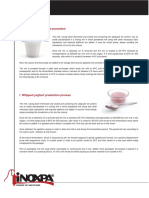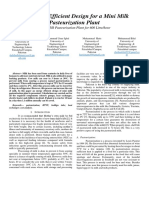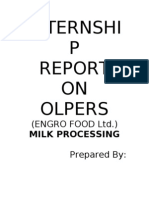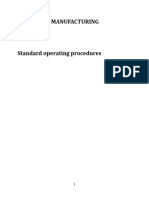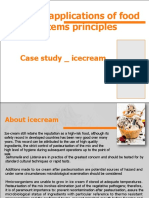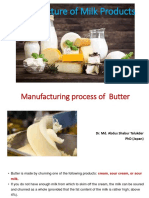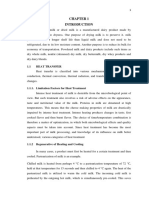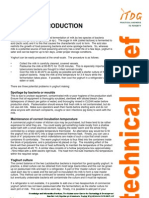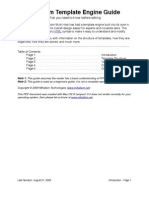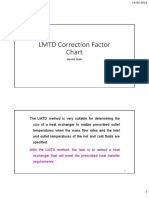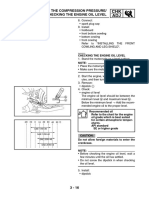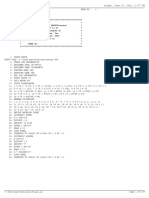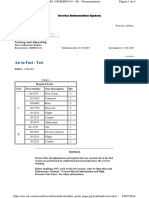0% found this document useful (0 votes)
38 views16 pagesMobile Dairy Plant Overview
A mobile dairy plant is a self-contained dairy processing facility mounted on a truck chassis. It can process 100-1000 liters of milk per cycle to produce various dairy products like cheeses, yogurt, kefir, sour cream, and butter. The mobile plant pasteurizes and processes milk to make these products through automated equipment in a self-contained facility, then cools and packages the finished products. It provides a flexible solution for small-scale dairy production of up to 2000 liters per day in different locations.
Uploaded by
emy rediCopyright
© © All Rights Reserved
We take content rights seriously. If you suspect this is your content, claim it here.
Available Formats
Download as PDF, TXT or read online on Scribd
0% found this document useful (0 votes)
38 views16 pagesMobile Dairy Plant Overview
A mobile dairy plant is a self-contained dairy processing facility mounted on a truck chassis. It can process 100-1000 liters of milk per cycle to produce various dairy products like cheeses, yogurt, kefir, sour cream, and butter. The mobile plant pasteurizes and processes milk to make these products through automated equipment in a self-contained facility, then cools and packages the finished products. It provides a flexible solution for small-scale dairy production of up to 2000 liters per day in different locations.
Uploaded by
emy rediCopyright
© © All Rights Reserved
We take content rights seriously. If you suspect this is your content, claim it here.
Available Formats
Download as PDF, TXT or read online on Scribd
/ 16


